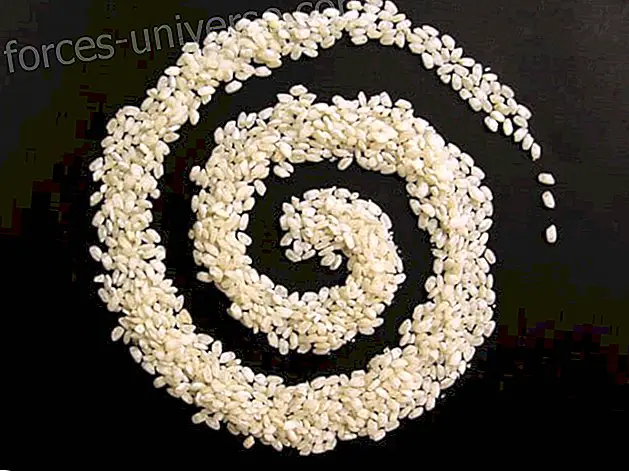Yantra Yoga is a style of yoga that comes from Tibet. There is a record of its use since the eighth century. It was introduced in the countries of Europe by Chígyal Namkhai, the last master descendant who possessed knowledge and strength in the art of Yantra; Ch gyal is the last of a sacred lineage that maintained the Drogchen tradition.
Yantra is also called the Yoga of the movement, it is a very easy technique that can be practiced by all kinds of people, without the need to believe in something spiritual. Therefore, it can be done in all ages, nationalities and spiritual strength. It is used by repeating movements accompanied by different breaths, which immerses the person in the Yantra without needing to believe in it.
Through this practice, the body's energy is brought into contact through the harmonic movements that are performed. It gives people peace and relaxation, achieving mental calm, releasing tensions and controlling the energy they possess.
The Yoga of the Movement is not standing still in a position, but the person makes a series of sequences at a pace that allows him to be in the internal energy of the person and enter a state of contemplation.

This very special style of yoga, after arriving in Tibet and undergoes a transformation when it comes into contact with its culture and relaxation techniques. His practice was initially secret, few were those who controlled the energies with the movements; until the descendants made the decision to transmit their knowledge through education, to help society.
In 1939 the book "The five Tibetan rites of rejuvenation" is published by Peter Kelder, who tells the secret practices of monks of Tibet; that information was obtained from a former English officer who received the knowledge directly from a lama that lived in the Himalayas. Forty years later Cristofer S. Kilham practitioner of the exercises, again released the information that Kelder transmitted in a book entitled "Five Tibetan exercises." Although all science is based on the text called "The union of the Sun and the Moon" written by a Buddhist teacher of Dzogchen, a called Vairocana.
What is yantra yoga?In the practice of this type of yoga the body, mind and voice are used, together with pranayama using these three aspects. You get to the real knowledge and compression of the self. The movements that a person must perform will resemble those used in Hatha Yoga. You have to do 7 phases of movement while practicing the 7 phases of breathing. The initial position creates specific breath retention, activating the chakras and generating an endocrine balance. It is not just about breathing and keeping pace with inhalations with the movement that is being performed, it is rather in the science of breath retention.
Yantra Yoga consists of 108 movements and others must be done as preparation before beginning.

- The impure air that lies inside 9 times must be removed.
- It begins with warming exercises called: tsijong .
- Breathing must be strong to activate the limbs and joints.
- 8 lungsan movements are performed . The movement is defined by the breaths (the prana). The first movement is to pass the arms over the head to gently inhale and fill the lungs.
- The following movements called Tsandut are to soften the muscles so that the channels flow better.
- The sequences of exercises continue to open the channels, breathing and feeling the elements. With a concentrated mind.
There is another book on "trulkor" that refers to how movements can bring improvements in health, this information was collected and translated by Rinpoche for several years. He had to do a strong job in that book to detail the movements, show them and explain how they are. There are more open levels that need spiritual commitment for the practitioner.
Those who wish to practice it can attend seminars with teachers who work with the Yantra Yo to correctly perform the movements. This old practice is complex and needs a lot of concentration and commitment to make it work.
AUTHOR: Antonio, editor of the great family of hermandadblanca.org






